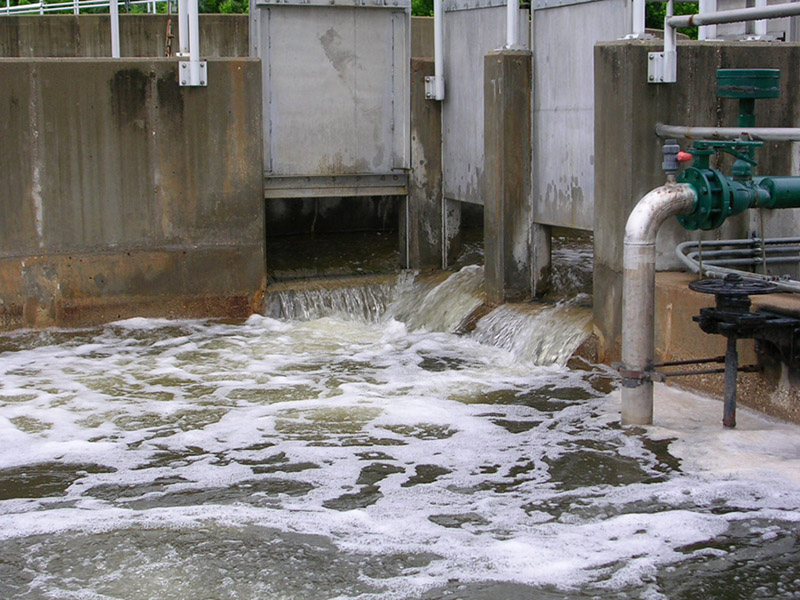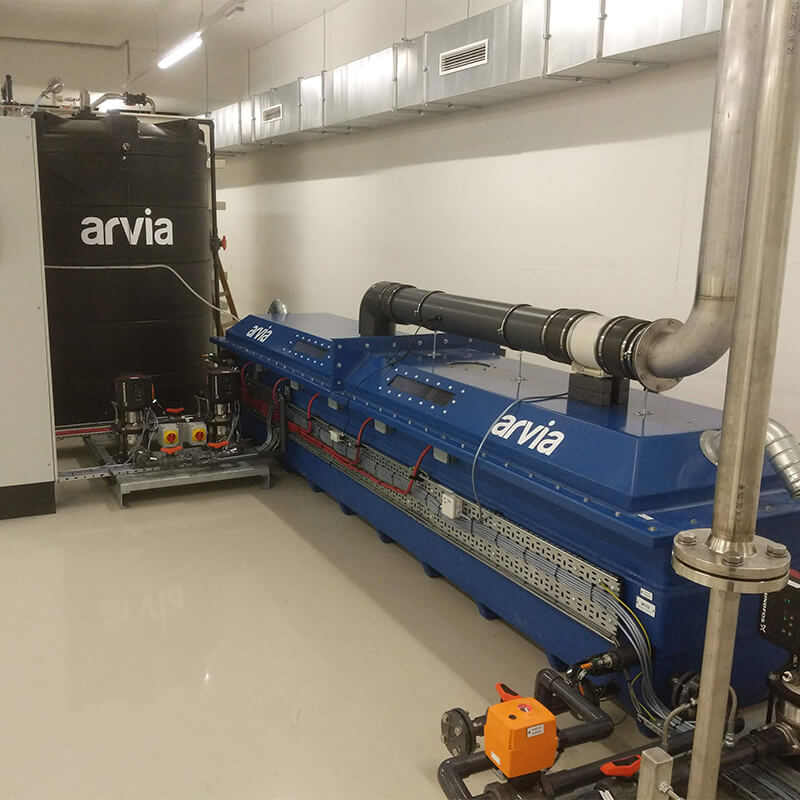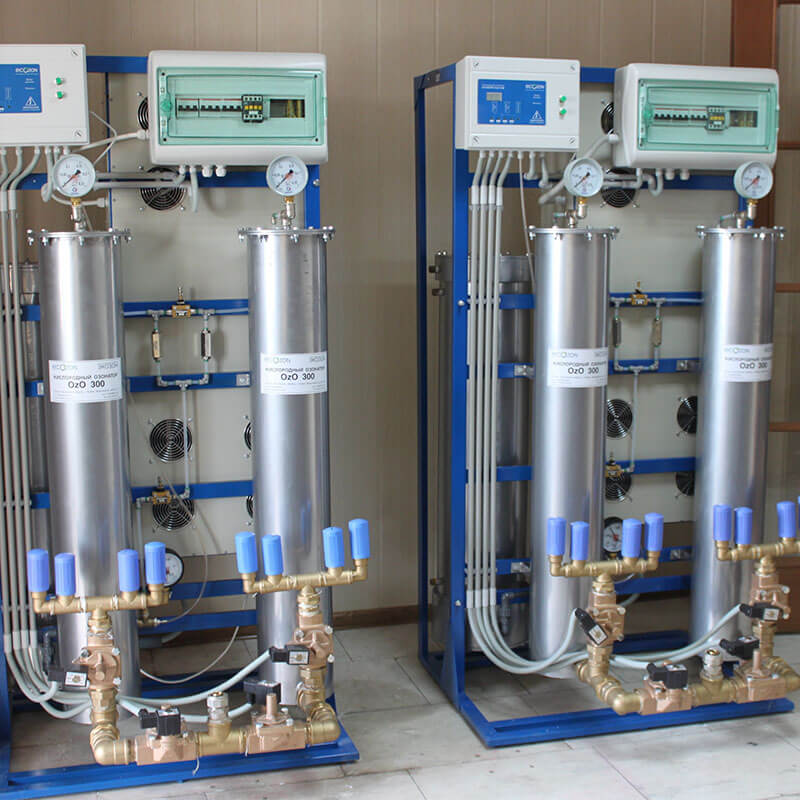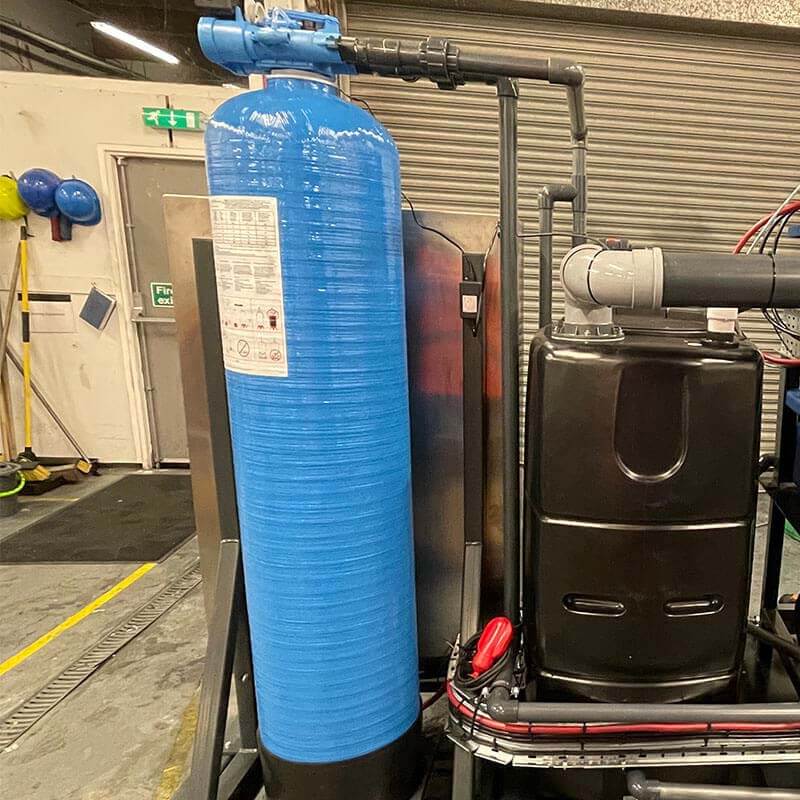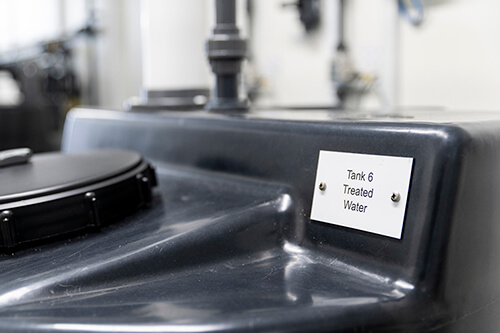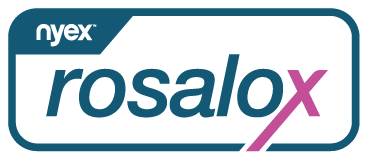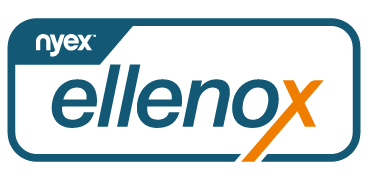In conclusion, Dichloromethane (DCM) is a ubiquitous chemical with a wide range of applications across industries. Its presence in water sources poses significant risks to both human health and the environment. The urgency of mitigating these risks cannot be overstated.
Manufacturers and organizations involved in water treatment and environmental protection have a responsibility to employ efficient DCM removal methods. While various techniques exist, the Arvia Technology Nyex Ellenox™ system emerges as a top-tier solution, offering energy efficiency, eco-friendliness, and high removal efficiency.
In the quest to safeguard our water sources and aquatic ecosystems, choosing the right DCM removal system is paramount. Arvia Technology’s innovative approach represents a promising step forward in achieving this crucial goal.
By investing in such advanced solutions, we can work collectively to reduce the presence of Dichloromethane and similar chemicals in our environment, promoting a healthier and more sustainable world.


